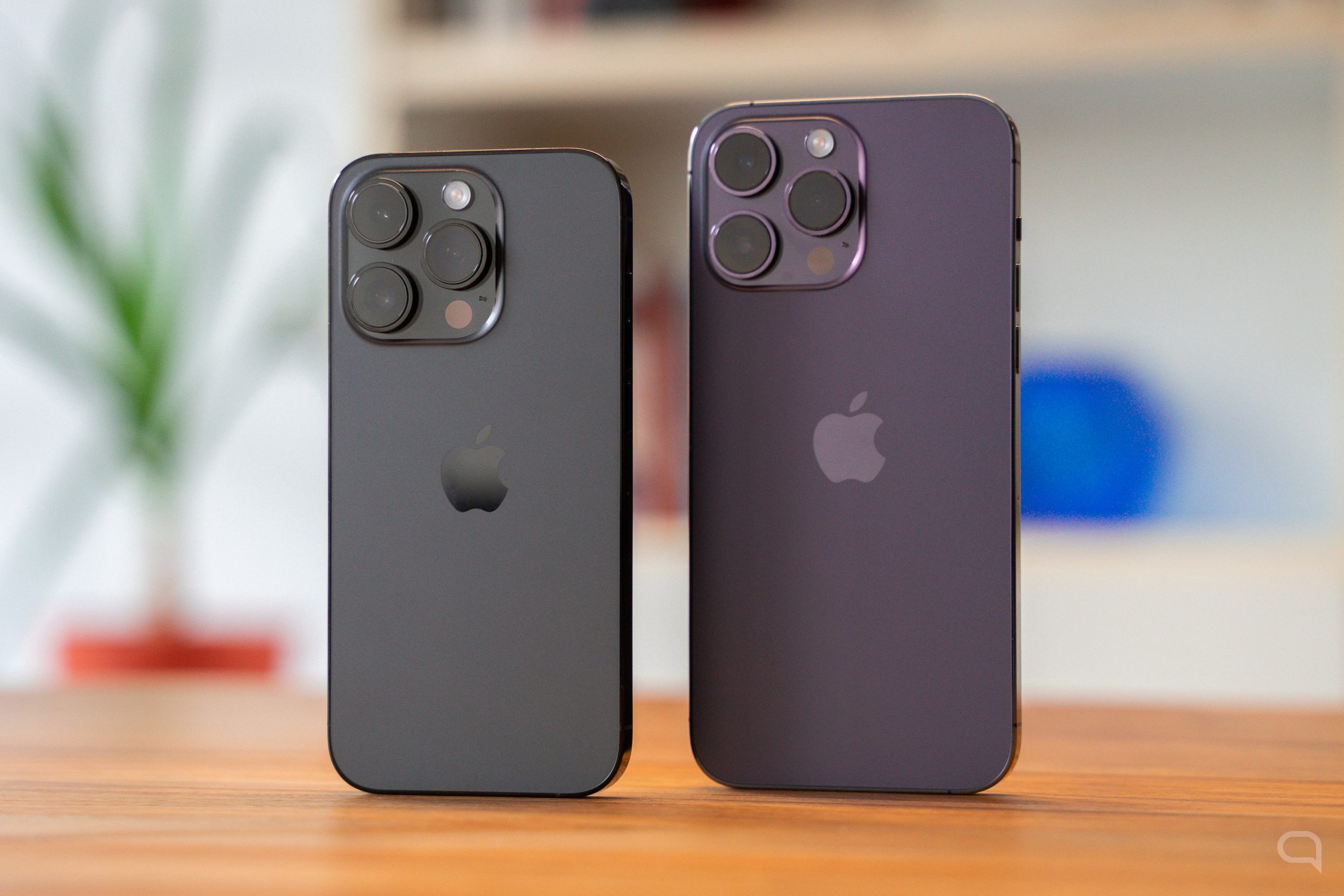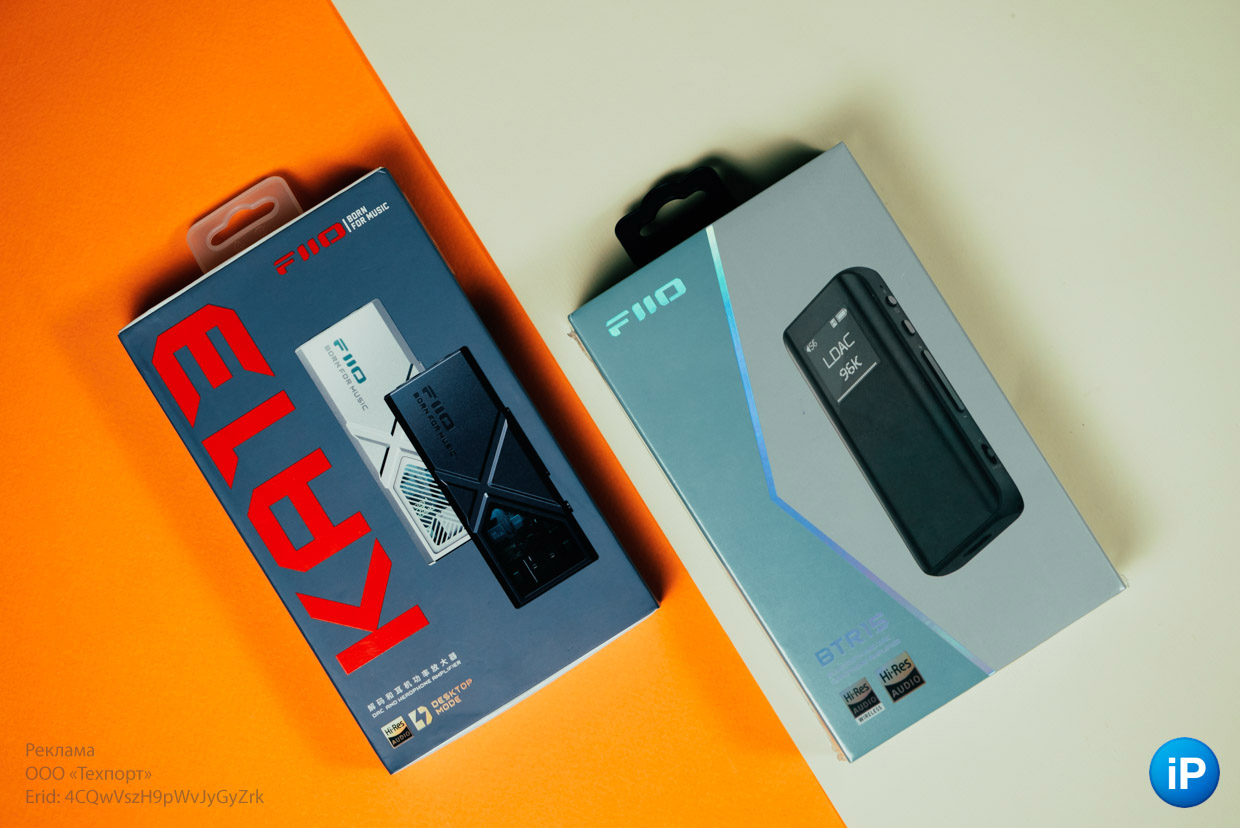Listening to content seems like a routine thing to us, but we don’t notice that there is a lot of this type of leisure activity in our lives nowadays. For some, this is generally the only way to have fun, relax for themselves, or tune in on the way to work, school, to the gym, on a date or meeting.
Therefore, there is nothing wrong with wanting to make this vacation ideal. Thanks to technology, it is now possible to upgrade ordinary sound to premium sound inexpensively. There is no need to buy luxury speakers or a giant DAC; even expensive players are no longer so necessary.
Take your music, podcasts, videos and games to the next level with this Portable Amplifier.
Such gadgets work as simply as possible. A smartphone, tablet, computer or TV is connected to the DAC on one side, and headphones or speakers on the other. Thanks to the smart work of digital converters and amplifiers, the device processes the signal, decodes it and produces noticeably better sound even on your usual headset.
Today we’ll talk about two models at once, which promise to raise the level to master tracks for an absolutely affordable price tag.
FiiO has made its way to overcoming high-quality sound, nice design and adequate offer, and here we compare its new KA13 cheaper and ultimate BTR15.
Despite similar form factors, one of them wore glasses and was wireless. At the same time, both of them accommodate two audio outputs at once, which is a technological achievement for such dimensions.
First, with a package that will reach the largest audience.
Comprehensive calculation for connecting to anything
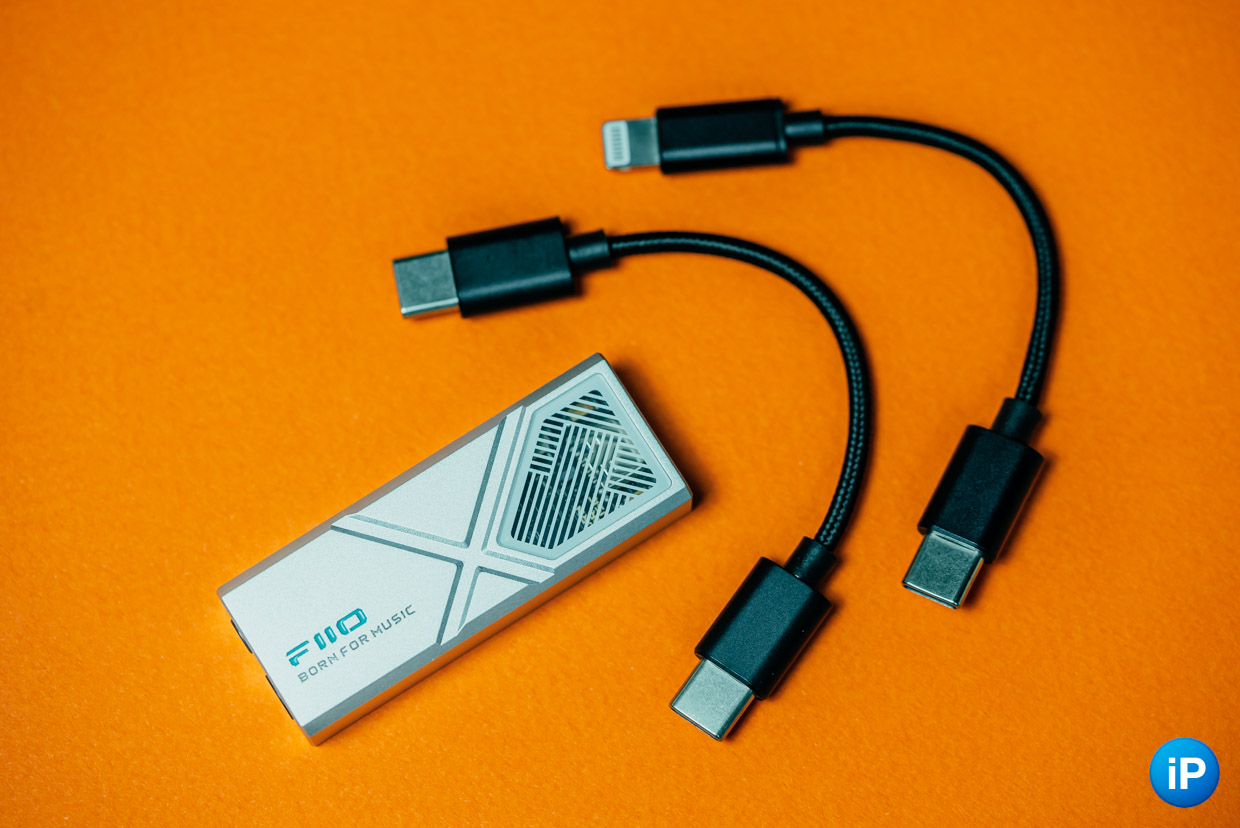
FiiO KA13 kit with two wires (USB‑C and Lightning)
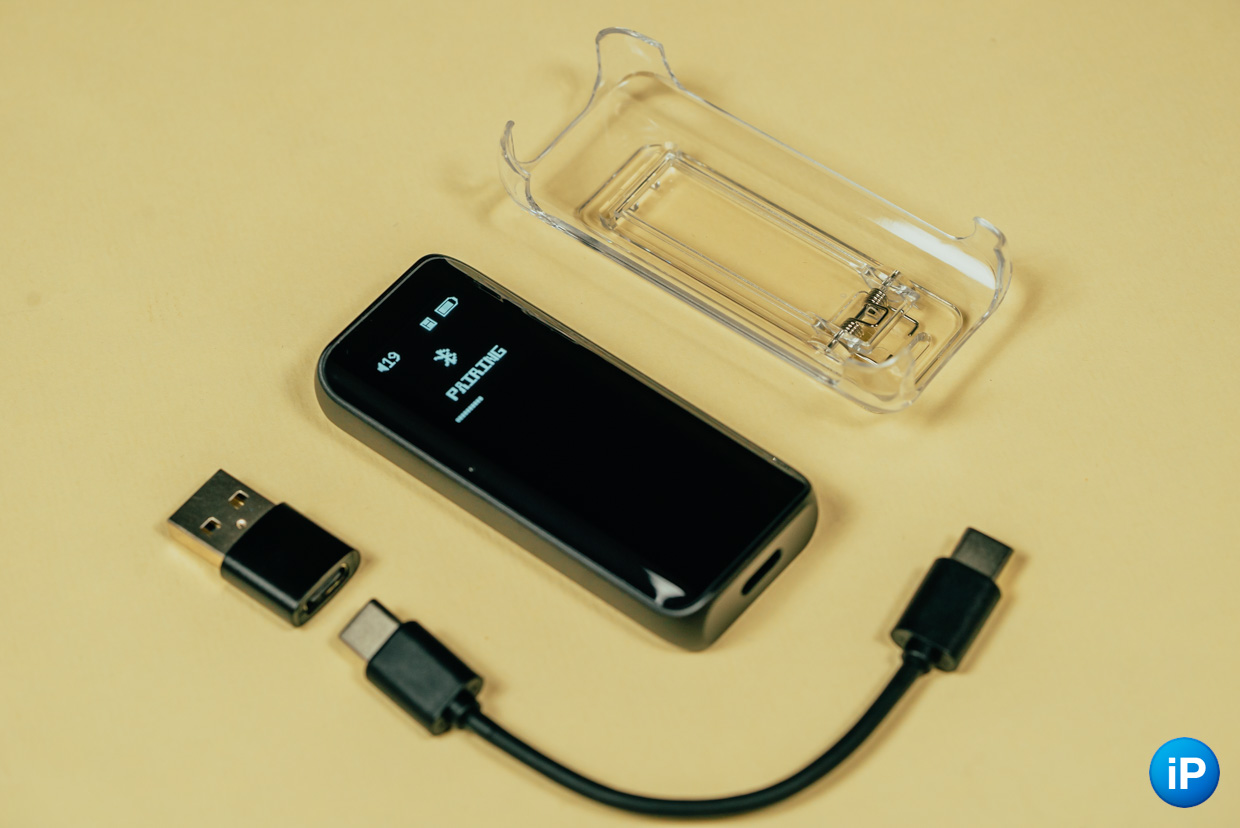
FiiO BTR15 set with USB‑C cable, USB‑A adapter and case and clip for carrying in mongrel mode
The model kits are a bit similar.
FiiO KA13, which works exclusively over a wire, connects with two USB-C to USB-C and USB-C to Lightning cables, as well as a USB-C to USB-A adapter. All current devices for wired connection to smartphones on Android, iOS, tablets and computers are described here.
U Full name BTR15, good Bluetooth 5.1 connection, valid only with a USB-C to USB-C cable and a USB-C to USB-A adapter. Therefore, to Apple smartphones and tablets that still have Lightning installed, the connection will only be wireless. But this amplifier comes with a transparent case clip, with which the FiiO BTR15 can be attached to a belt for convenience.
Well, of course, in the boxes with wallpaper you will find a warranty card and instructions.
Appearance. Aluminum and 3D glass
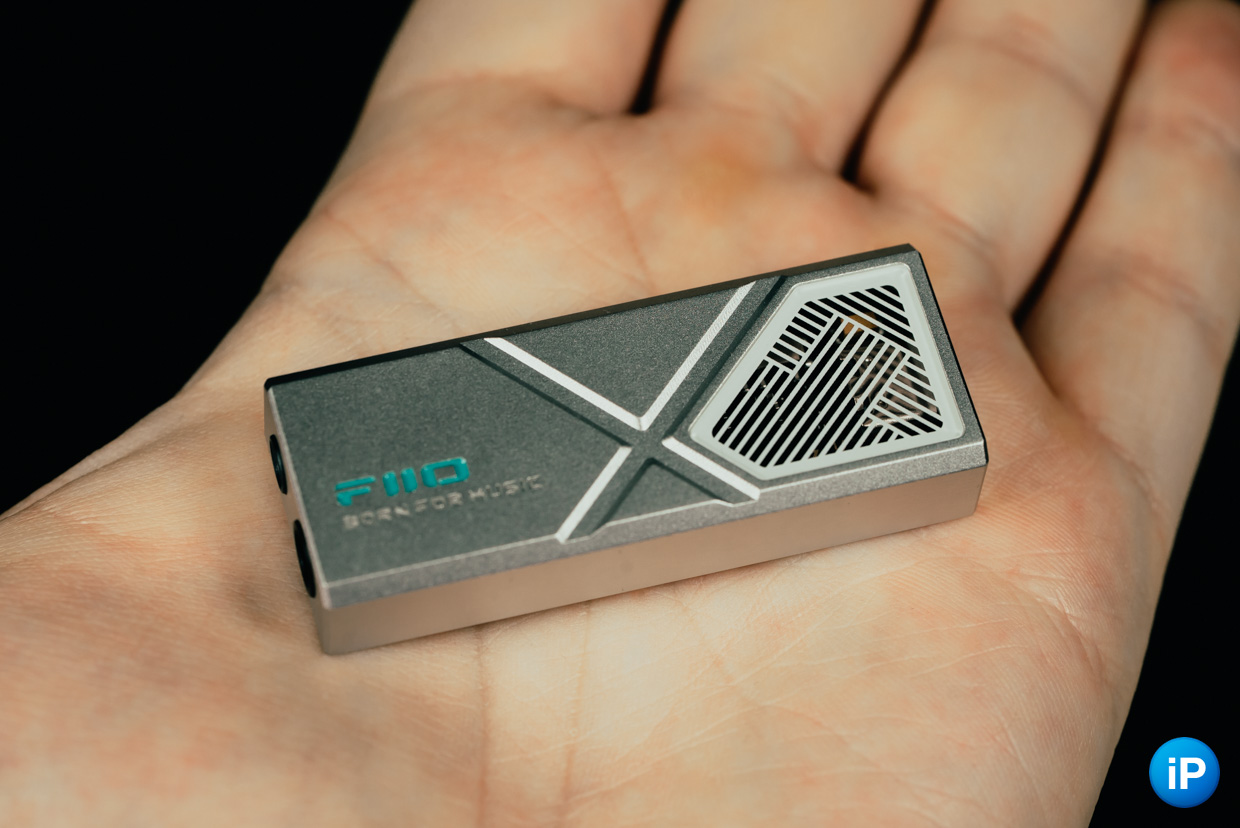
FiiO KA13
Both amplifiers are made of glass and metal. They are similar: FiiO KA13 and FiiO BTR15 are an oblong block, on one end of which there are two headphone ports (unbalanced 3.5 mm and balanced 4.4 mm), and on the second a USB-C port.
On the side border of each there is a slider for changing connection modes, a power button and volume control.
But the visual and external features are advantages.

FiiO KA13
FiiO KA13 with its sharp edges, deep engraving and matte texture looks brutal and cyberpunk. It is tactilely very pleasant. The image is completed by a glass window, which reveals part of the filling.
It has a cool visual picture. Depending on the episode, the backlight in this window changes color: blue at 48 kHz and below, yellow at 48 kHz and above, green for DSD mode.
If the backlight is blocked, it is disabled in the FiiO Control Android app. There is also provision for switching to SPDIF mode (more about it below), audio filters, frequency settings and other points.
FiiO KA13 is available in two colors: full black And silvery dawn.
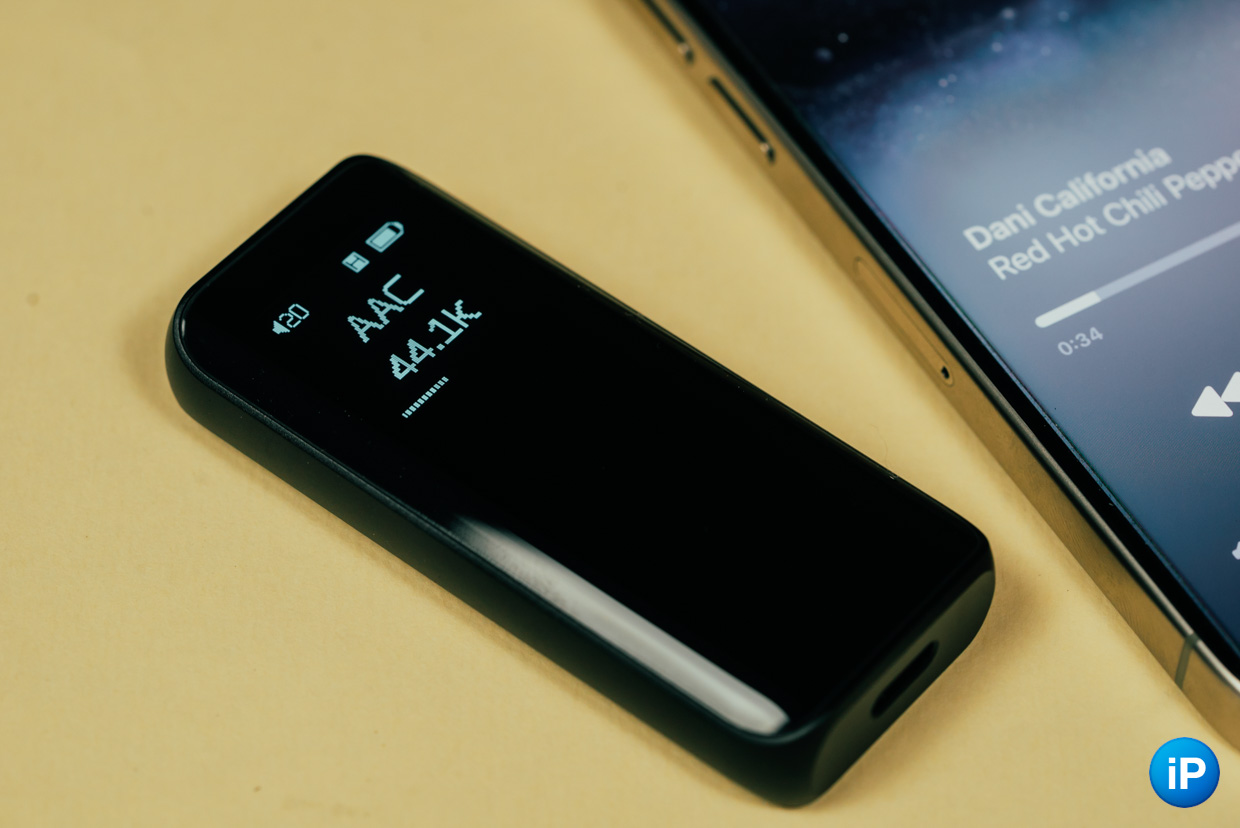
Full name BTR15
FiiO BTR15 smoothly crafts doors in its natural aesthetics. It resembles a sea stone ground by water. Its glass on both sides curves neatly into the metal edge, making it very pleasant to hold. This is the first time this approach has been used in FiiO.
Instead of a light indicator, there is an additional OLED screen measuring 0.96 inches. It shows the connection status, charging, volume, quality and format of the headphones – things for a quick glance, in general.
All quick access functions are located on the border with the buttons. It is important that absolutely all elements have a tactile relationship. You will not confuse the round power button with the oval Bluetooth activation button, long sound keys and, especially, with the three-phase lever for changing modes to mobile, desktop and wireless.
FiiO BTR15 is produced in two versions: black with black edges And black with blue edges.
As for hardware, I’ll start with cheaper models.
Wired FiiO KA13 has record power
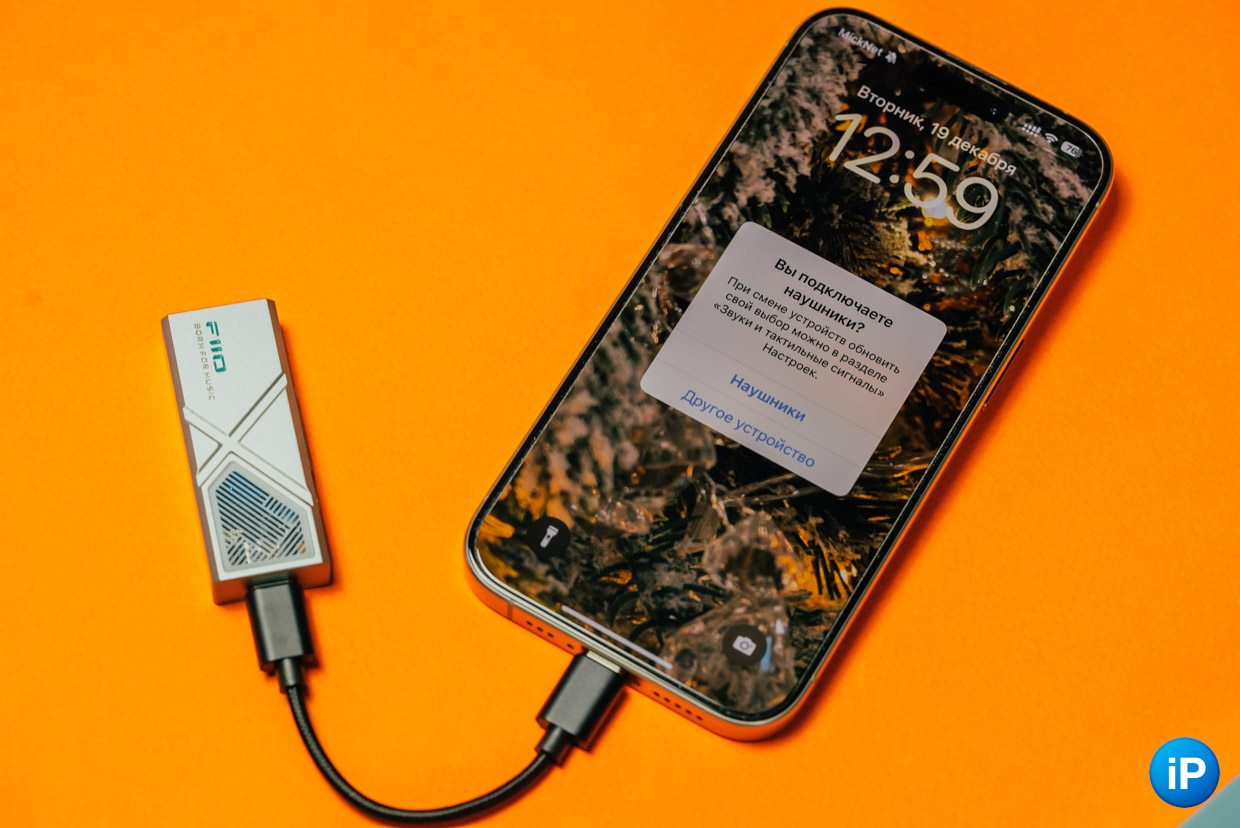
FiiO KA13
To find the difference between the pocket-sized FiiO KA13 and desktop amplifiers 10 times larger, you need to listen to the details with the finest instruments. She’s invisible.
The gadget has interesting characteristics. Four cores are responsible for working on sound: two DAC chips (CS43131) and two operating amplifiers (SGM8262).
Due to this, through a 4.4 mm connector, a record power characteristic of 550 mW is obtained at an output impedance of 2 Ohms in stationary mode, which is turned on by a toggle switch on the case. The noise in this format does not go beyond 3.1 µV (microvolts). Ambient Noise Reduction (SNR) greater than or equal to 122 dB.
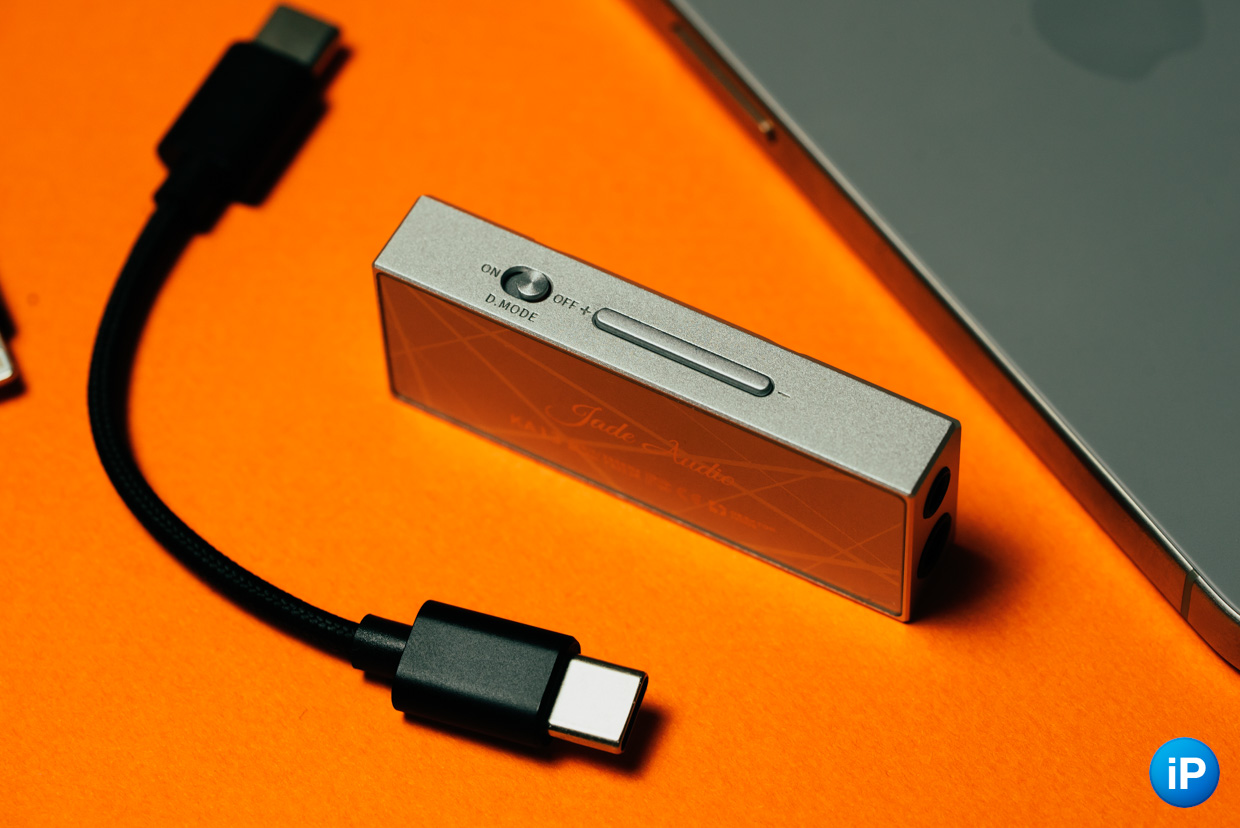
The slider is designed for three operating modes: a more powerful desktop one, an energy-efficient mobile one, and an “adapter” for a large DAC.
For a 3.5 mm jack, the 170 mW characteristic looks more modest, although for such dimensions it is still decent. Here the noise is even less, it does not reach 1.7 μV, and the SNR is 123 dB.
THD is less than 0.0005% in both balanced and unbalanced outputs.
The 3.5mm port has a secret. It supports the SPDIF standard, with which the FiiO Control application can convert audio signals to coaxial, thereby turning the FiiO KA13 into an adapter for even more powerful desktop-level DACs.
In addition, the FiiO KA13 supports ultra-high-frequency DSD256 and PCM 32-bit/384 kHz formats, compatible with their music for a reason – the detail in them is impressive.
Wireless FiiO BTR15 works better even without loss
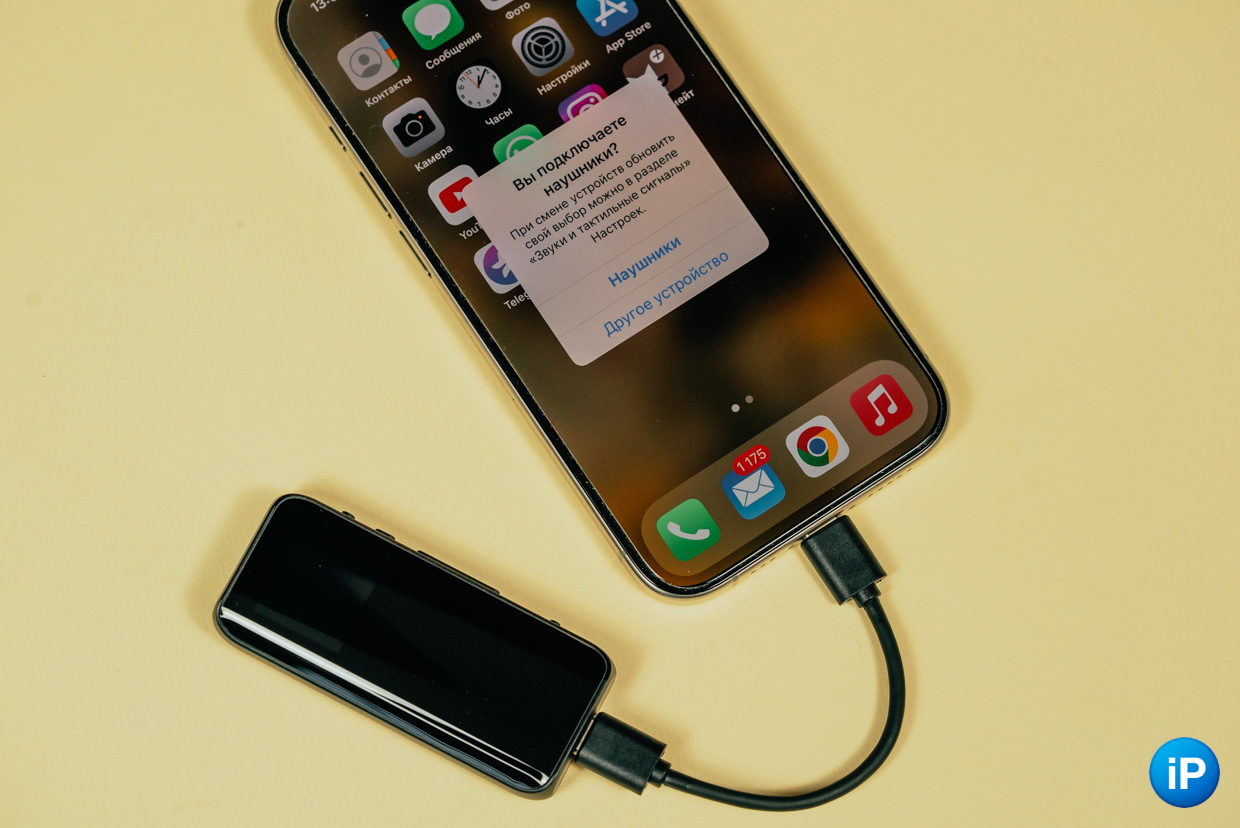
Full name BTR15
The wired audio amplifier has become a wireless resistor, which in itself sounds like an unexpected class of device. It needs a special operating scheme, its own battery and compatibility with desktop solutions.
Therefore, externally FiiO BTR15 is almost no different from its wired neighbors on the shelf, although inside it is very different.
For correct operation, use two processors: XMOS XU316 for wired and Qualcomm QCC5125 for Bluetooth. These are top processors in the field of amplification and wireless audio transmission in compact and even some large barathium DACs.
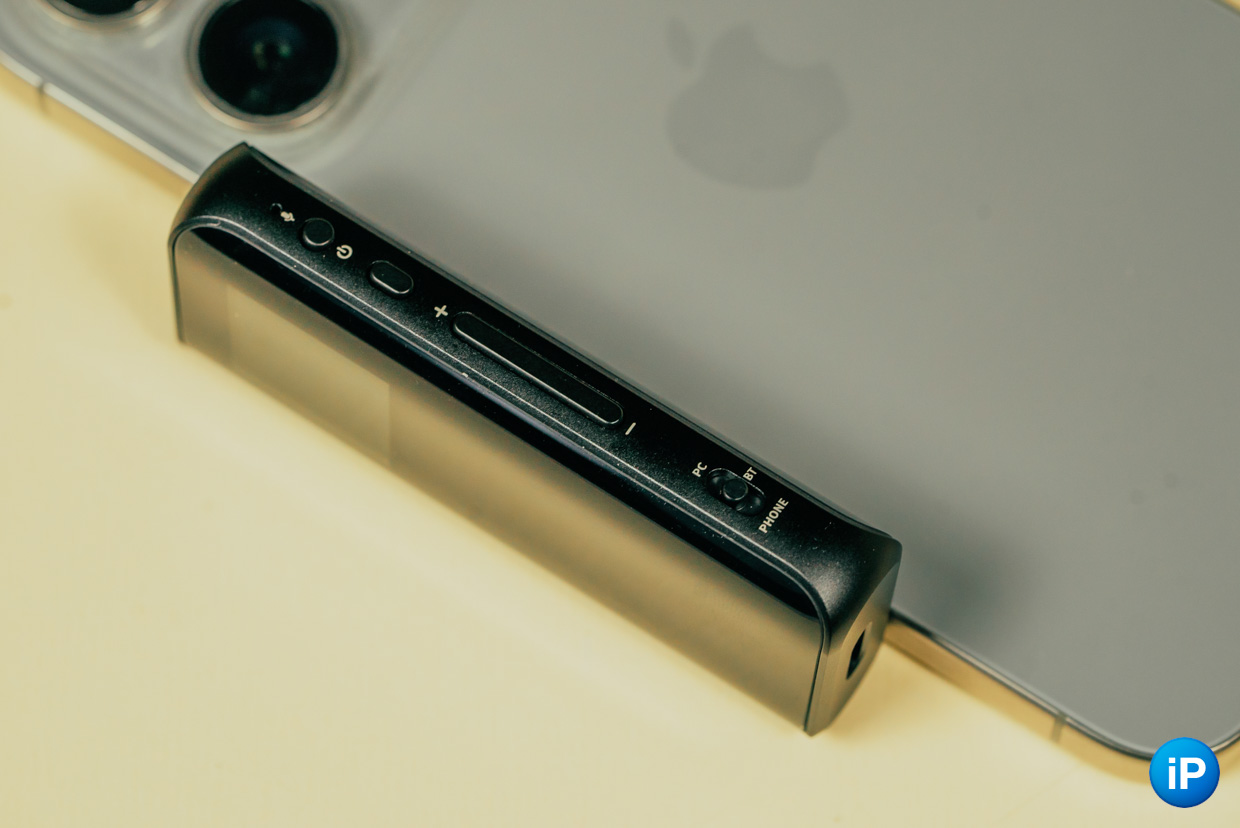
All elements of FiiO BTR15 are located on the same border and have a tactile shape.
Wireless mode The flagship processor plays a lot into the hands. As a receiver, the FiiO BTR15 has learned to play high-resolution formats up to 96 kHz over the air and on headphones, such as LDAC, Adaptive/aptX LL/aptX HD/aptX/AAC/SBC.
In wired mode The gadget supports MQA decoding mode of the highest level 8x. It unlocks sound quality, bringing it almost to the level of a recording master. For example, if you have an Apple Music subscription, even tracks in the highest quality, lossless 24-bit/192 kHz format will sound sophisticated and richer.
In fact, such hardware is smooth and designed for lossless sound on Apple’s part. Although the company has included hi-fi support in its music, the built-in speakers of an iPhone or Mac don’t enhance their potential the same way an amplifier does.
The FiiO BTR15 used parallel engineering, which provided two advantages.
Built-in battery and computer power supply The DAC and adapter are powered separately to increase power without causing unnecessary interference.
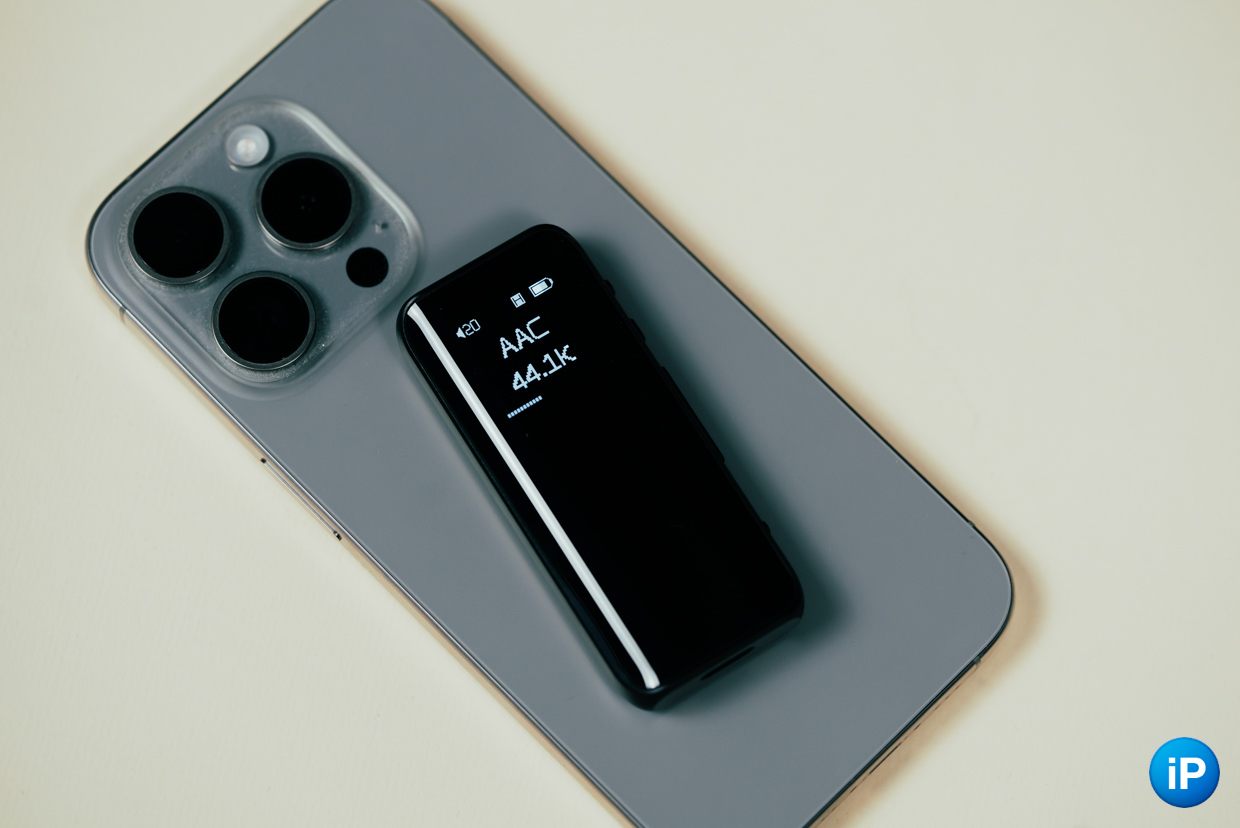
FiiO BTR15 screen promptly prompts charging, clock, codec, volume and more
Power supply is separate from two sources. When electricity comes from the built-in battery or computer, one part of it goes directly to the DAC core, and the other goes to a second custom power supply designed specifically for this gadget. And he is already responsible for the operation of amplifiers, which receive the signal from the DAC and send it to the audio outputs. This independence allows the amplifier to operate more stable, and the current increases to 340 mW.
Thus, the DAC and amplifiers created an artificial power source. The stability of their work and the need for energy do not affect each other’s work.
Both outputs are connected to two amplifiers at once, but without the help of a friend on the other. This makes it possible to listen to music on high-impedance headphones, including through the 3.5 mm port, with 21% increased power (200 mW versus 165 mW without parallel connection).
Speaking of power, the manufacturer claims to have paid a lot of attention to the long life and reliability of the battery. According to him, the battery is carefully insulated, it is heat resistant, the built-in temperature regulates the charging speed to avoid overheating. They didn’t take it apart, so we take their word for it. But there was no special attention to heating.
In the FiiO Control application for Android, in addition to the sound profile, you can configure a global parametric equalizer and even finely customize the operation of the buttons on the body.
Compatible with everything where sound comes from
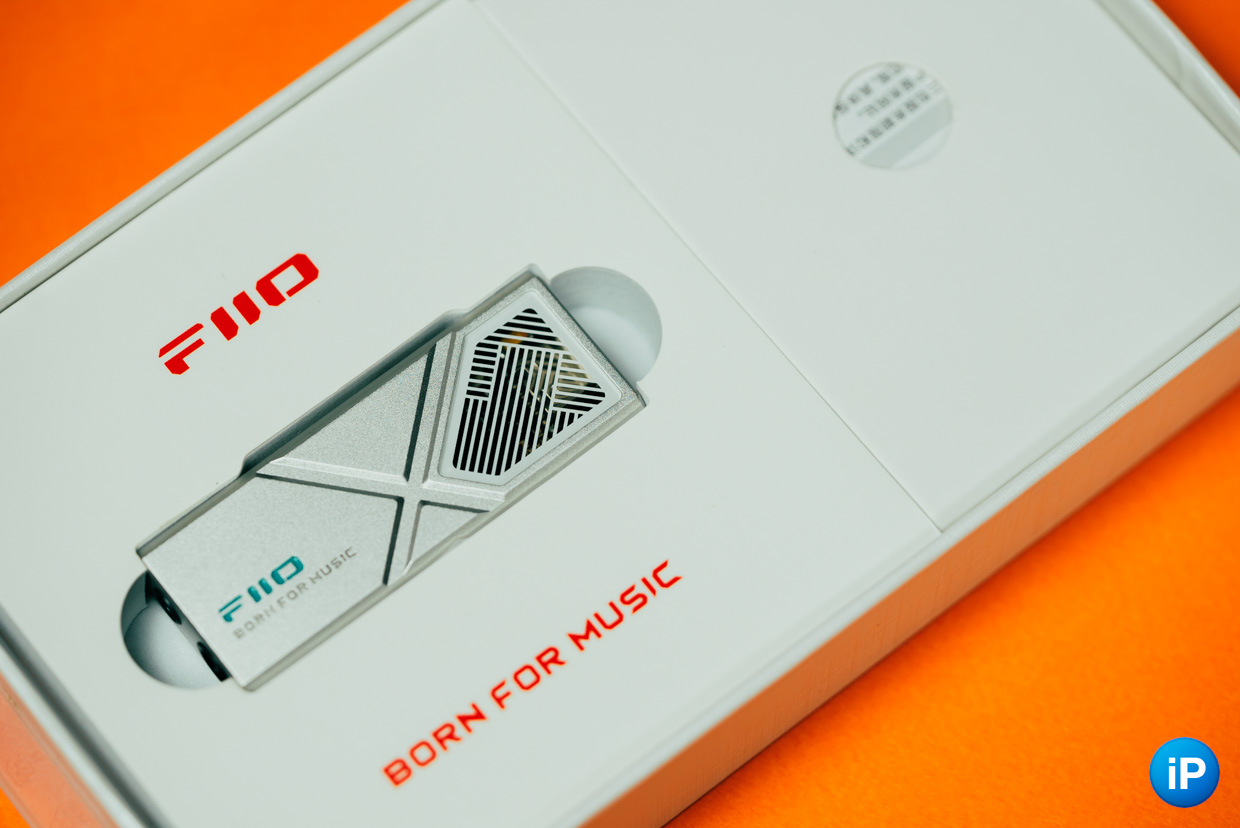
Wire FiiO KA13
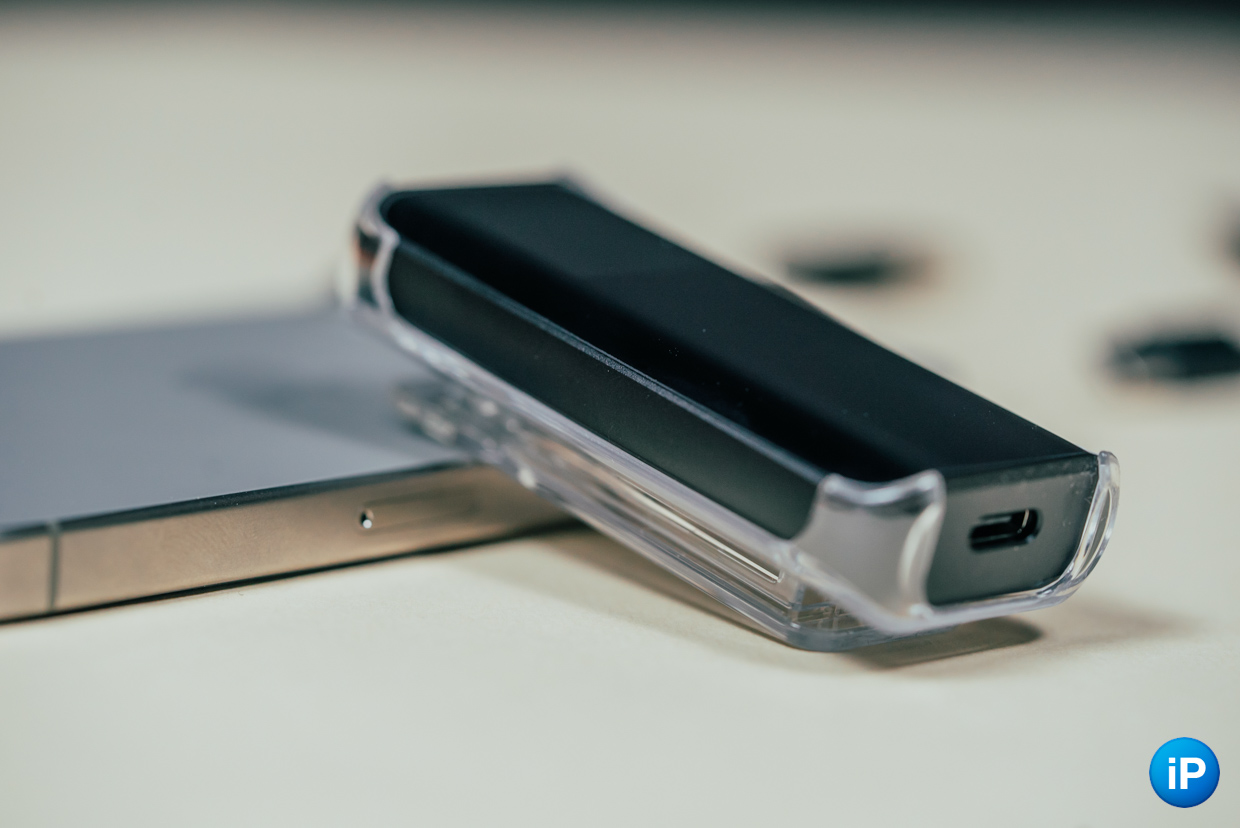
Universal FiiO BTR15, which has learned to work both via cable and via Bluetooth
The result is two maximum compact amplifiers for Hi-Fi audio with high performance.
Both record-breakingly powerful in their class, including mobile and stationary modes for high frequencies, the kit allows you to connect to any smartphone, tablet, or computer.
The key difference between them is that the BTR15 is wireless, while the KA13 only works through an electrical connection, but manages to turn into an adapter for more powerful DACs.
FiiO KA13 costs about 8,000 rubles, and for Full name BTR15 They are asking for 9,000 rubles. This is significantly cheaper than even a banal player with Hi-Fi support, so the gadgets look interesting.
To listen to Lossless via AirPods you need an Apple Vision Pro for 300,000 rubles. And here a mongrel universal box 30 times cheaper will produce even better sound.
Considering the many functions and commonality of manifestation, not to mention the quality and name of the manufacturer, I will admit that I thought a lot about it.
📸 All photos in the article:












Source: Iphones RU
I am a professional journalist and content creator with extensive experience writing for news websites. I currently work as an author at Gadget Onus, where I specialize in covering hot news topics. My written pieces have been published on some of the biggest media outlets around the world, including The Guardian and BBC News.





